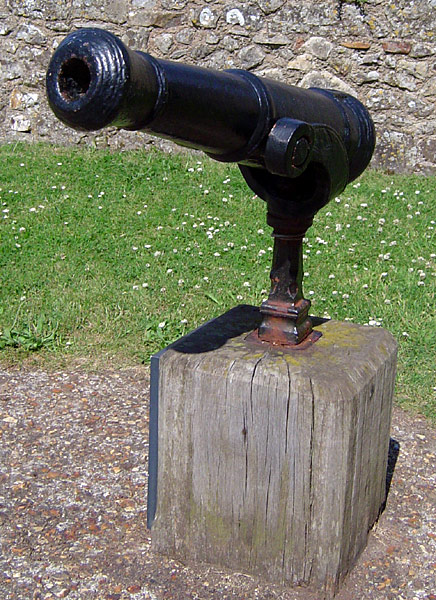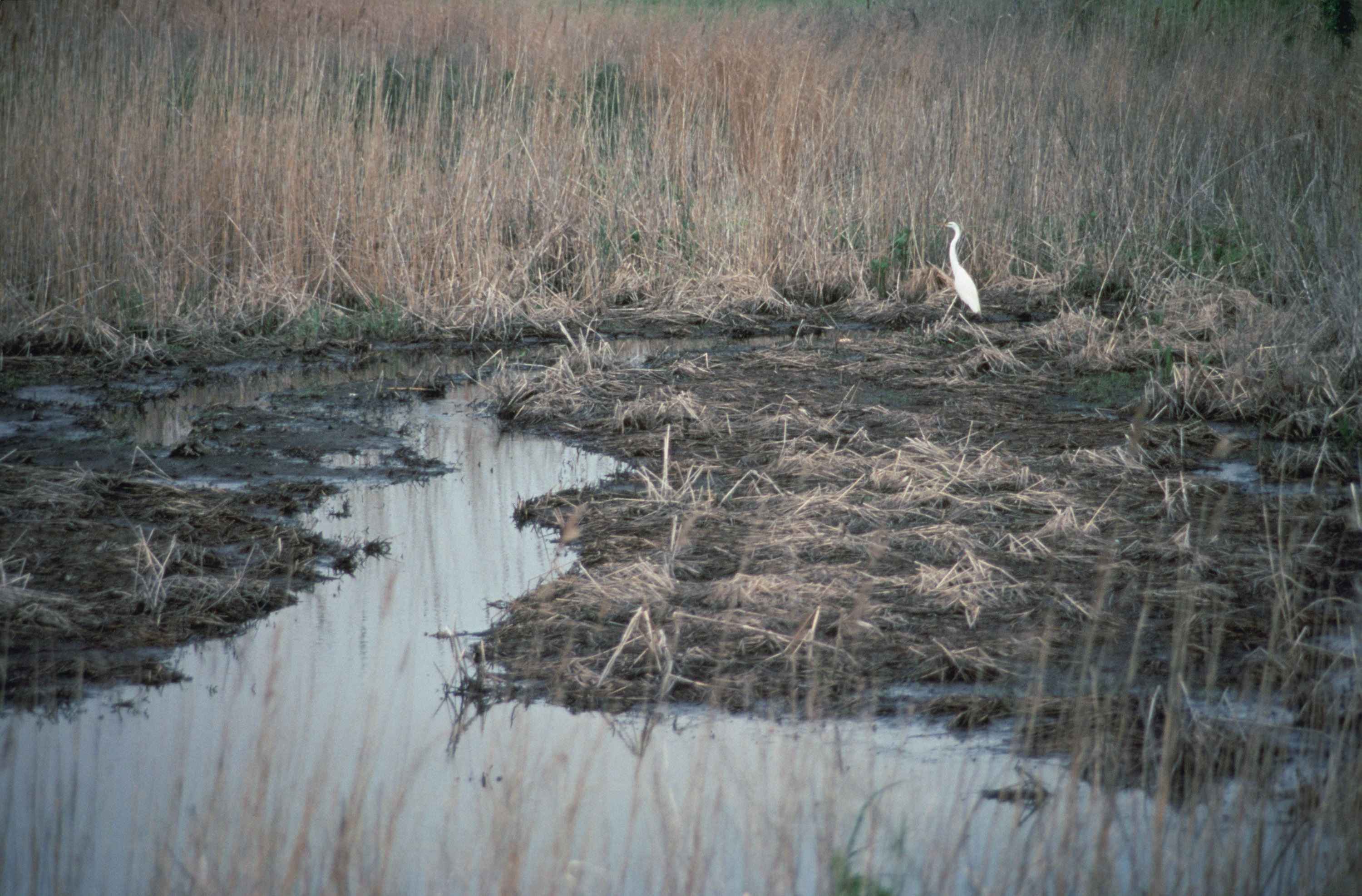|
USS Mosquito (schooner)
Much of the information concerning the Continental schooner ''Mosquito'' (or ''Musquito'', or ''Musqueto'', or ''Muskeito'') comes from her capture and destruction in July 1777. Even the Dictionary of American Naval Fighting Ships (DANFS) has nothing about the vessel. On 1 October 1776, the Continental Marine Committee ordered Lieutenant Thomas Albertson to sail the schooner ''Muskeito'' to North Carolina with letters, and to bring back such naval stores as he could gather. Then on 10 October the Marine Committee formally established the ranks and precedence of the commanders of vessels in the Continental Navy. Lieutenant Thomas Albertson, as commander of the smallest vessel, ''Musquito'', of four guns, ranked 26th out of 26. The next (implicit) mention of ''Mosquito'' occurs on 22 April 1777 when the Navy Board of the Middle Department asked to borrow 70 shot for 2-pounder guns. Thomas Albertson carried the request, which he needed for his vessel, which was almost ready for sea ... [...More Info...] [...Related Items...] OR: [Wikipedia] [Google] [Baidu] |
Schooner
A schooner () is a type of sailing vessel defined by its rig: fore-and-aft rigged on all of two or more masts and, in the case of a two-masted schooner, the foremast generally being shorter than the mainmast. A common variant, the topsail schooner also has a square topsail on the foremast, to which may be added a topgallant. Differing definitions leave uncertain whether the addition of a fore course would make such a vessel a brigantine. Many schooners are gaff-rigged, but other examples include Bermuda rig and the staysail schooner. The origins of schooner rigged vessels is obscure, but there is good evidence of them from the early 17th century in paintings by Dutch marine artists. The name "schooner" first appeared in eastern North America in the early 1700s. The name may be related to a Scots word meaning to skip over water, or to skip stones. The schooner rig was used in vessels with a wide range of purposes. On a fast hull, good ability to windward was useful for priv ... [...More Info...] [...Related Items...] OR: [Wikipedia] [Google] [Baidu] |
Swivel Guns
The term swivel gun (or simply swivel) usually refers to a small cannon, mounted on a swiveling stand or fork which allows a very wide arc of movement. Another type of firearm referred to as a swivel gun was an early flintlock combination gun with two barrels that rotated along their axes to allow the shooter to switch between rifled and smoothbore barrels. Swivel guns should not be confused with pivot guns, which were far larger weapons mounted on a horizontal pivot, or screw guns, which are a mountain gun with a segmented barrel. An older term for the type is peterero (alternative spellings include "paterero" and "pederero"). The name was taken from the Spanish name for the gun, pedrero, a combination of the word piedra (stone) and the suffix -ero (-er), because stone was the first type of ammunition fired. Configuration Swivel guns are among the smallest types of cannon, typically measuring less than in length and with a bore diameter of up to . They can fire a variety o ... [...More Info...] [...Related Items...] OR: [Wikipedia] [Google] [Baidu] |
Dictionary Of American Naval Fighting Ships
The ''Dictionary of American Naval Fighting Ships'' (''DANFS'') is the official reference work for the basic facts about ships used by the United States Navy. When the writing project was developed the parameters for this series were designed to cover only commissioned US Navy ships with assigned names. If the ship was not assigned a name it was not included in the histories written for the series. In addition to the ship entries, ''DANFS'' and the online links have been expanded to include appendices on small craft, histories of Confederate Navy ships, and various essays related to naval ships. Forewords and introductions Foreword and introduction passages for many editions were written by big names from naval command history from Arleigh Albert Burke to Elmo Russell Zumwalt, Jr. and others. Authors Publication data ''DANFS'' was published in print by the Naval Historical Center (NHC) as bound hardcover volumes, ordered by ship name, from Volume I (A–B) in 1959 ... [...More Info...] [...Related Items...] OR: [Wikipedia] [Google] [Baidu] |
Delaware Bay
Delaware Bay is the estuary outlet of the Delaware River on the northeast seaboard of the United States. It is approximately in area, the bay's freshwater mixes for many miles with the saltwater of the Atlantic Ocean. The bay is bordered inland by the states of Delaware and New Jersey, and the Delaware Capes, Cape Henlopen and Cape May, on the Atlantic. Delaware Bay is bordered by six counties: Sussex, Kent, and New Castle in Delaware, along with Cape May, Cumberland, and Salem in New Jersey. The Cape May–Lewes Ferry crosses Delaware Bay from Cape May, New Jersey, to Lewes, Delaware. The bay's ports are managed by the Delaware River and Bay Authority. The shores of the bay are largely composed of salt marshes and mudflats, with only small communities inhabiting the shore of the lower bay. Several of the rivers hold protected status for their salt marsh wetlands bordering the bay, which serves as a breeding ground for many aquatic species, including horseshoe crabs. The bay ... [...More Info...] [...Related Items...] OR: [Wikipedia] [Google] [Baidu] |
Bombay Hook National Wildlife Refuge
The Bombay Hook National Wildlife Refuge is a National Wildlife Refuge located along the eastern coast of Kent County, Delaware, United States, on Delaware Bay. It was established on March 16, 1937, as a refuge and breeding ground for migratory and wintering waterfowl along the Atlantic Flyway. The Refuge was purchased from local land owners with federal duck stamp funds. Today, the refuge protects wildlife of all kinds, with emphasis on all migratory birds. The refuge also contains the Allee House, a pre-revolutionary war farmhouse on the National Register of Historic Places. It is a stop on Delaware's Coastal Heritage Greenway. History Known to the Native American as ''Canaresse'', meaning "at the thickets," and later referred to as Ruyge-Bosje, meaning "shaggy bushes" or thicket, Bombay Hook received its final name from the corruption of the Dutch "Boompjes" or "Boompjes Hoeck" meaning "little-tree point." In 1679 Mechacksett, chief of Kahansink sold Bombay Hook wetlands to ... [...More Info...] [...Related Items...] OR: [Wikipedia] [Google] [Baidu] |
Master (naval)
The master, or sailing master, is a historical rank for a naval officer trained in and responsible for the navigation of a sailing vessel. The rank can be equated to a professional seaman and specialist in navigation, rather than as a military commander. In the Royal Navy, the master was originally a warrant officer who ranked with, but after, the lieutenants. The rank became a commissioned officer rank and was renamed navigating lieutenant in 1867; the rank gradually fell out of use from around 1890 since all lieutenants were required to pass the same examinations. When the United States Navy was formed in 1794, master was listed as one of the warrant officer ranks and ranked between midshipmen and lieutenants. The rank was also a commissioned officer rank from 1837 until it was replaced with the current rank of lieutenant, junior grade in 1883. Russia Until 1733 the sailing masters in the Imperial Russian Navy were rated as petty officers, but in that year the rank of ''Mas ... [...More Info...] [...Related Items...] OR: [Wikipedia] [Google] [Baidu] |
1770s Ships
Year 177 ( CLXXVII) was a common year starting on Tuesday (link will display the full calendar) of the Julian calendar. At the time, it was known as the Year of the Consulship of Commodus and Plautius (or, less frequently, year 930 ''Ab urbe condita''). The denomination 177 for this year has been used since the early medieval period, when the Anno Domini calendar era became the prevalent method in Europe for naming years. Events By place Roman Empire * Lucius Aurelius Commodus Caesar (age 15) and Marcus Peducaeus Plautius Quintillus become Roman Consuls. * Commodus is given the title ''Augustus'', and is made co-emperor, with the same status as his father, Marcus Aurelius. * A systematic persecution of Christians begins in Rome; the followers take refuge in the catacombs. * The churches in southern Gaul are destroyed after a crowd accuses the local Christians of practicing cannibalism. * Forty-seven Christians are martyred in Lyon (Saint Blandina and Pothinus, bishop o ... [...More Info...] [...Related Items...] OR: [Wikipedia] [Google] [Baidu] |
Schooners Of The United States Navy
A schooner () is a type of sailing vessel defined by its rig: fore-and-aft rigged on all of two or more masts and, in the case of a two-masted schooner, the foremast generally being shorter than the mainmast. A common variant, the topsail schooner also has a square topsail on the foremast, to which may be added a topgallant. Differing definitions leave uncertain whether the addition of a fore course would make such a vessel a brigantine. Many schooners are gaff-rigged, but other examples include Bermuda rig and the staysail schooner. The origins of schooner rigged vessels is obscure, but there is good evidence of them from the early 17th century in paintings by Dutch marine artists. The name "schooner" first appeared in eastern North America in the early 1700s. The name may be related to a Scots word meaning to skip over water, or to skip stones. The schooner rig was used in vessels with a wide range of purposes. On a fast hull, good ability to windward was useful for pri ... [...More Info...] [...Related Items...] OR: [Wikipedia] [Google] [Baidu] |
Ships Of The Continental Navy
A ship is a large watercraft that travels the world's oceans and other sufficiently deep waterways, carrying cargo or passengers, or in support of specialized missions, such as defense, research, and fishing. Ships are generally distinguished from boats, based on size, shape, load capacity, and purpose. Ships have supported exploration, trade, warfare, migration, colonization, and science. After the 15th century, new crops that had come from and to the Americas via the European seafarers significantly contributed to world population growth. Ship transport is responsible for the largest portion of world commerce. The word ''ship'' has meant, depending on the era and the context, either just a large vessel or specifically a ship-rigged sailing ship with three or more masts, each of which is square-rigged. As of 2016, there were more than 49,000 merchant ships, totaling almost 1.8 billion dead weight tons. Of these 28% were oil tankers, 43% were bulk carriers, and 13% were con ... [...More Info...] [...Related Items...] OR: [Wikipedia] [Google] [Baidu] |




